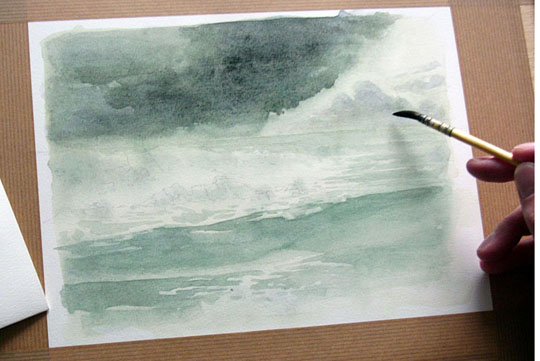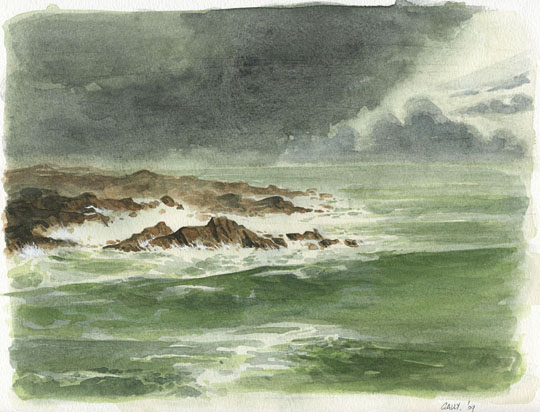The serenity of early morning, the surrealism of a foggy backdrop, the theatricality of a stormy scene… A memorable landscape is characterized first and foremost by an identifiable atmosphere.
What You Need to Know:
- In sunny weather, the clarity of the sky contrasts sharply with the vivid colors of the subjects. If you prefer intermediate lighting (mid-morning or afternoon), define soft shadows and light contrasts.
- Save the harsh and overwhelming midday sun, for subjects that deserve it: white walls against a blue sea, for example.
- To create a dramatic scene, opt for extreme lighting (sunsets, storms) and accentuate a maximum of contrasts, up to the point of chiaroscuro


